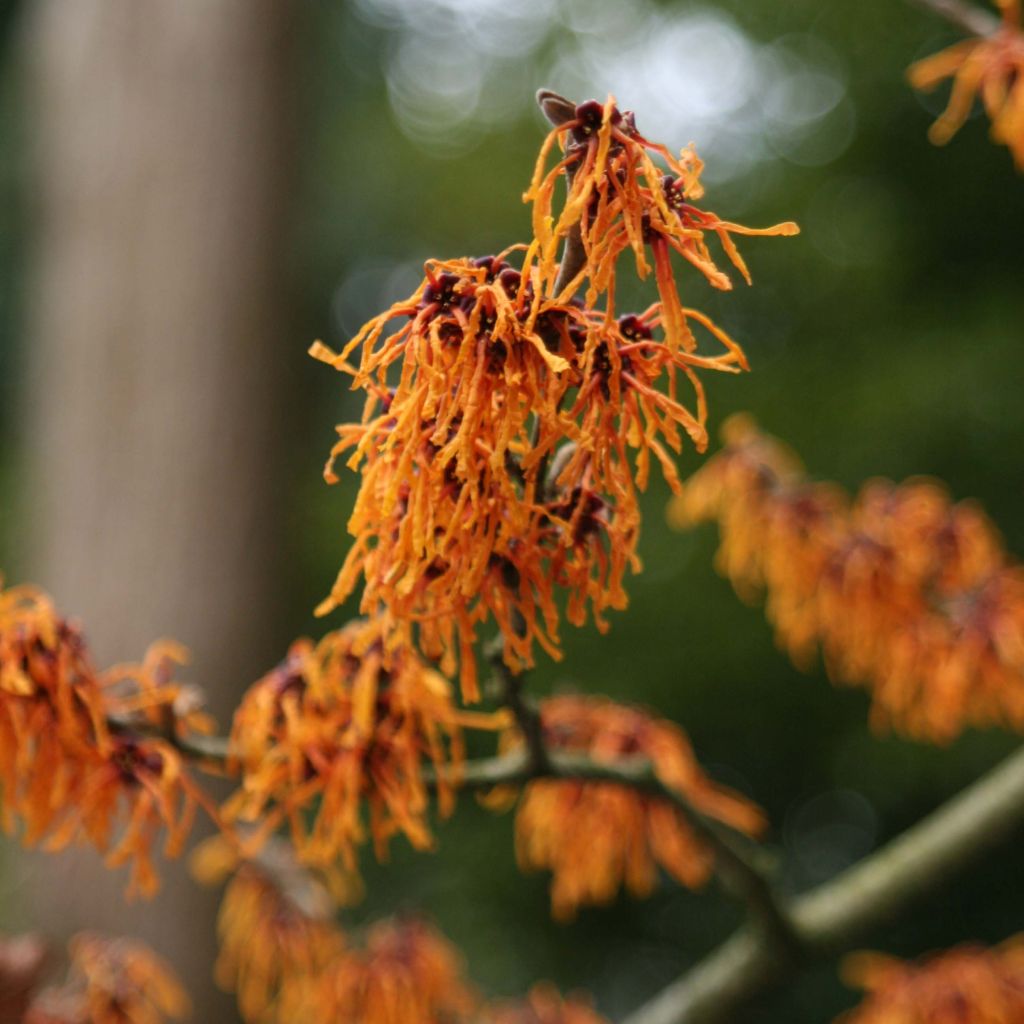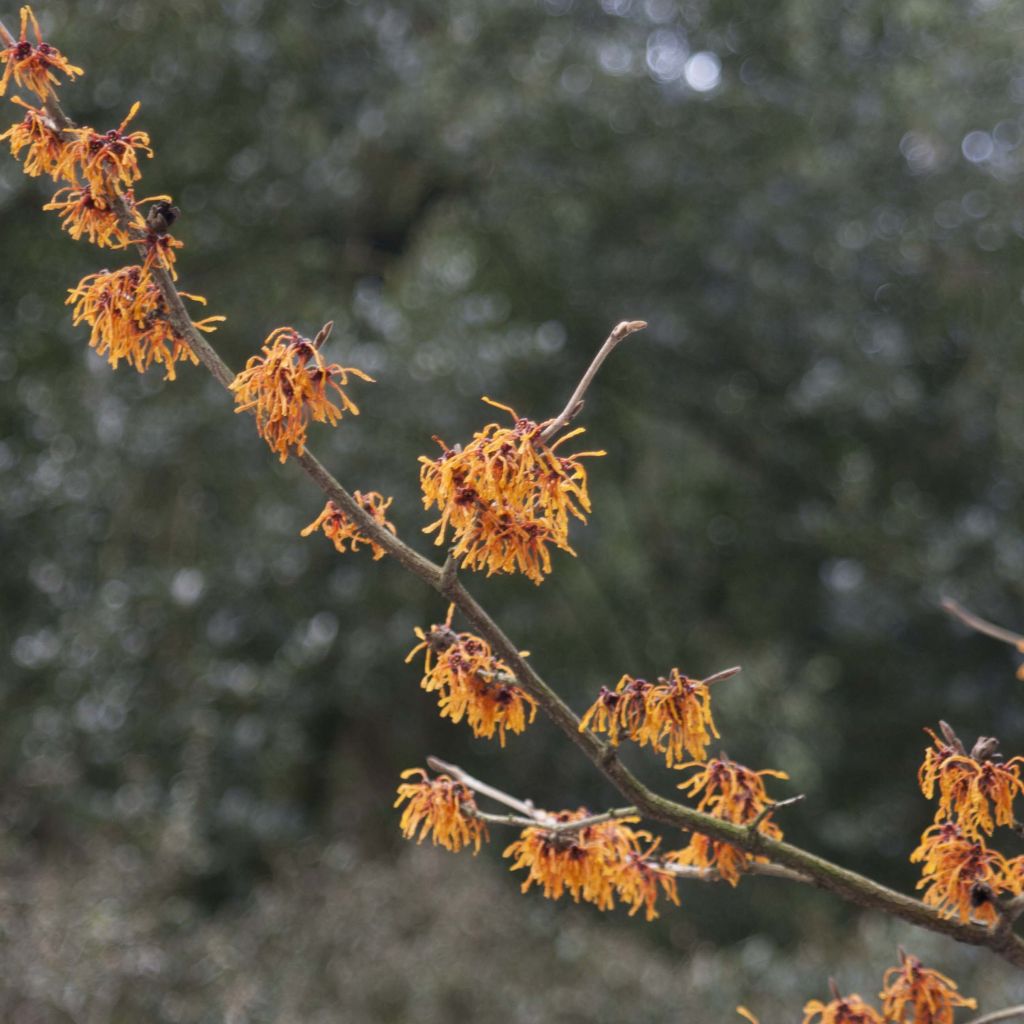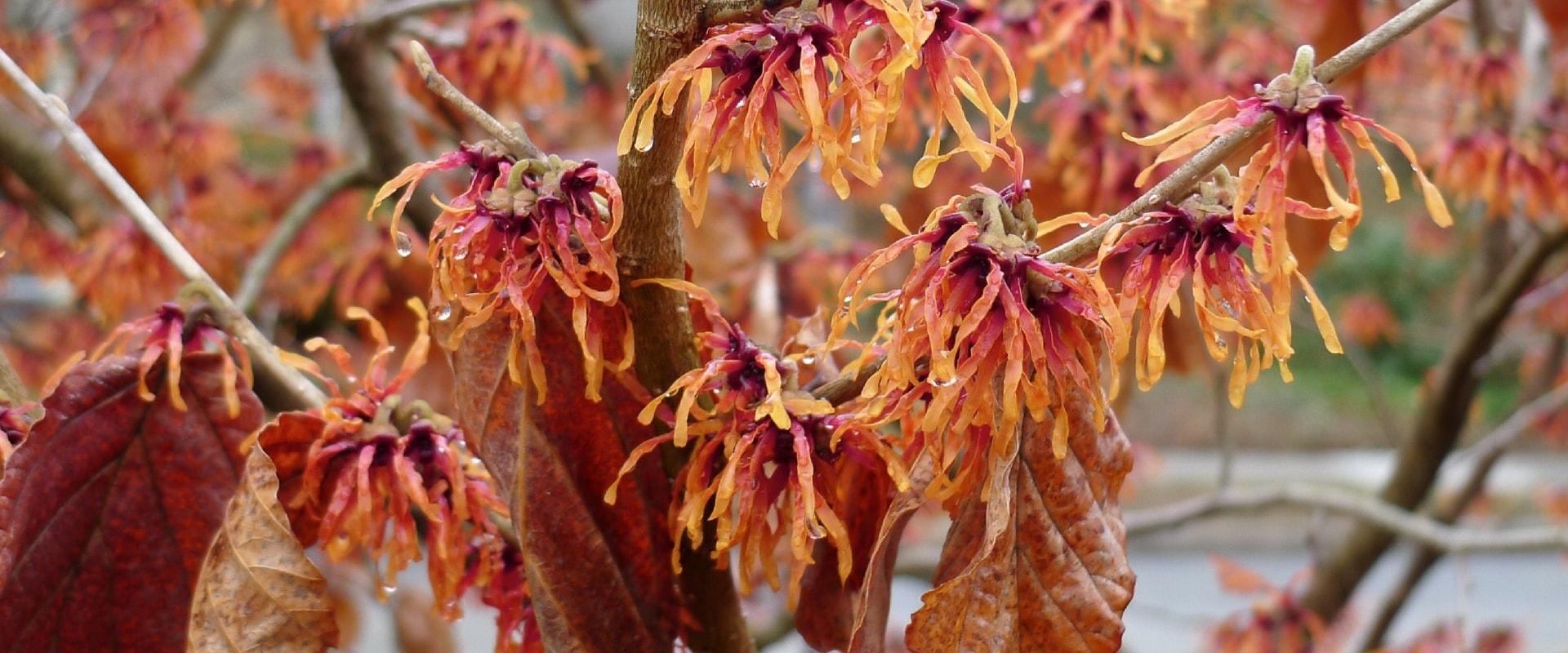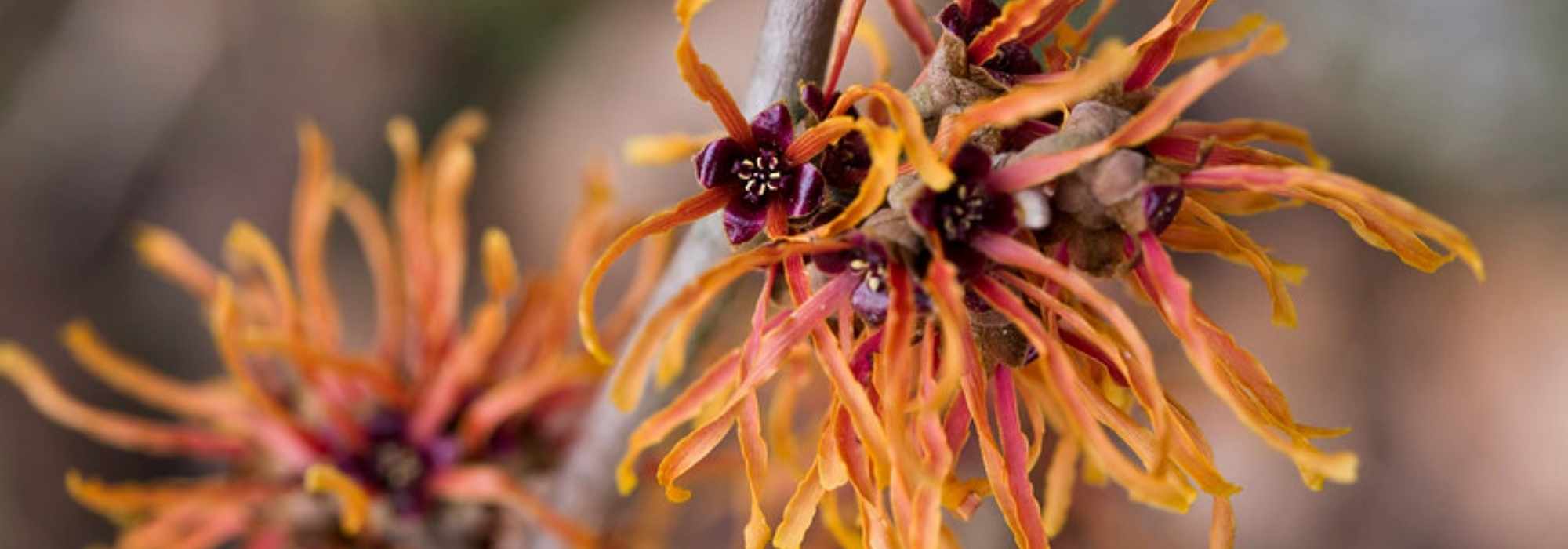

Hamamelis (x) intermedia Aphrodite - Noisetier de sorcière


Hamamelis intermedia Aphrodite - Witch Hazel


Hamamelis (x) intermedia Aphrodite - Noisetier de sorcière
Hamamelis intermedia Aphrodite - Witch Hazel
Hamamelis x intermedia Aphrodite
Witch Hazel
Arrivé parfaitement emballé. Belle pruning et vigueur, nous attendons le printemps avec impatience.
Francine, 16/12/2020
Special offer!
Receive a €20 voucher for any order over €90 (excluding delivery costs, credit notes, and plastic-free options)!
1- Add your favorite plants to your cart.
2- Once you have reached €90, confirm your order (you can even choose the delivery date!).
3- As soon as your order is shipped, you will receive an email containing your voucher code, valid for 3 months (90 days).
Your voucher is unique and can only be used once, for any order with a minimum value of €20, excluding delivery costs.
Can be combined with other current offers, non-divisible and non-refundable.
Home or relay delivery (depending on size and destination)
Schedule delivery date,
and select date in basket
This plant carries a 24 months recovery warranty
More information
We guarantee the quality of our plants for a full growing cycle, and will replace at our expense any plant that fails to recover under normal climatic and planting conditions.
Would this plant suit my garden?
Set up your Plantfit profile →
Description
Hamamelis x intermedia 'Aphrodite' is a fairly old selection of Witch Hazel still highly regarded for its vigour and beautiful flowering. This sturdy bush offers a generous and fragrant flowering in late winter, with a very warm rusty orange colour that does not go unnoticed in the garden. Its hazel-like, matte green foliage, can turn yellow to red in autumn, depending on the soil and the year. This truly beautiful variety will enliven the garden at a time when flowers are rare, planted alongside other winter-flowering shrubs, on a carpet of early-flowering bulbs.
Hamamelis x intermedia Aphrodite is a horticultural variety introduced in 1985, probably resulting from cross-breeding between Hamamelis x intermedia 'Vesna' and H. x intermedia 'Pallida'. It is part of a group of cultivars resulting from the cross-breeding between Hamamelis japonica and H. mollis, originating respectively from Japan and China. All these plants belong to the hamamelidaceae family, which includes Loropetalum, Liquidambar, and Persian Parrotia.
'Aphrodite' slowly forms a vigorous bush, with a spreading habit and a broad crown, reaching an average of 3.50 m (11 ft 6 in) in all directions at maturity. Its deciduous foliage falls in autumn and reappears in spring. It consists of oval-shaped leaves, 7 to 13 cm (2.8 to 5.1 in) long and 7 to 13 cm (2.8 to 5.1 in) wide, initially light green in spring and becoming a brighter green in summer. It changes colour relatively little in autumn compared to other varieties. Its flowers, with a gently spicy fragrance, abound on the bare branches during the months of February and March. They are made up of orange petals with rusty highlights, enclosed in elongated and curiously wrinkled, twisted, almost claw-like, calyxes.
Hamamelis Aphrodite likes humus-rich, low-limestone, moist, light, or even rocky soils. It will thrive in a sunny or semi-shaded position. Plant it on the edge of woodlands, in front of large trees, or in the back of a border, alongside dogwoods (Cornus mas, Cornus officinalis), Daphnes, Pieris, Sarcococca, and the amazing Garrya elliptica James Roof, in warmer climates. It will also be magnificent in a border, combined with evergreen shrubs such as an autumn camellia or a Chimonanthus praecox. At its base, you can plant winter heathers, snowdrops, and Crocus.
Hamamelis intermedia Aphrodite - Witch Hazel in pictures


Plant habit
Flowering
Foliage
Botanical data
Hamamelis
x intermedia
Aphrodite
Hamamelidaceae
Witch Hazel
Cultivar or hybrid
Planting and care
To fully enjoy the beauty of your Aphrodite Witch Hazel, plant it close to the house, so that it stands out against a dark background of evergreen foliage. A sunny exposure will be preferred for better flowering, but not scorching sun. Being sensitive to limestone, it should be grown in ericaceous soil enriched with compost as this variety likes fairly fertile soils, or at least in non-limestone soil enriched with leaf compost. Advice: Witch Hazels dislike limestone soils, they indicate it by the summer yellowing of the leaves, then by flowering less. To facilitate its establishment, incorporate ericaceous soil during planting. The soil in which you plant witch hazel should remain moist, even in summer. Mulching at the base of the plant will help maintain moisture. A sufficiently deep and humus-rich soil, even on limestone subsoil, should encourage the growth of the witch hazel.
Planting period
Intended location
Care
Planting & care advice
-
, onOrder confirmed
Reply from on Promesse de fleurs
Similar products
Haven't found what you were looking for?
Hardiness is the lowest winter temperature a plant can endure without suffering serious damage or even dying. However, hardiness is affected by location (a sheltered area, such as a patio), protection (winter cover) and soil type (hardiness is improved by well-drained soil).

Photo Sharing Terms & Conditions
In order to encourage gardeners to interact and share their experiences, Promesse de fleurs offers various media enabling content to be uploaded onto its Site - in particular via the ‘Photo sharing’ module.
The User agrees to refrain from:
- Posting any content that is illegal, prejudicial, insulting, racist, inciteful to hatred, revisionist, contrary to public decency, that infringes on privacy or on the privacy rights of third parties, in particular the publicity rights of persons and goods, intellectual property rights, or the right to privacy.
- Submitting content on behalf of a third party;
- Impersonate the identity of a third party and/or publish any personal information about a third party;
In general, the User undertakes to refrain from any unethical behaviour.
All Content (in particular text, comments, files, images, photos, videos, creative works, etc.), which may be subject to property or intellectual property rights, image or other private rights, shall remain the property of the User, subject to the limited rights granted by the terms of the licence granted by Promesse de fleurs as stated below. Users are at liberty to publish or not to publish such Content on the Site, notably via the ‘Photo Sharing’ facility, and accept that this Content shall be made public and freely accessible, notably on the Internet.
Users further acknowledge, undertake to have ,and guarantee that they hold all necessary rights and permissions to publish such material on the Site, in particular with regard to the legislation in force pertaining to any privacy, property, intellectual property, image, or contractual rights, or rights of any other nature. By publishing such Content on the Site, Users acknowledge accepting full liability as publishers of the Content within the meaning of the law, and grant Promesse de fleurs, free of charge, an inclusive, worldwide licence for the said Content for the entire duration of its publication, including all reproduction, representation, up/downloading, displaying, performing, transmission, and storage rights.
Users also grant permission for their name to be linked to the Content and accept that this link may not always be made available.
By engaging in posting material, Users consent to their Content becoming automatically accessible on the Internet, in particular on other sites and/or blogs and/or web pages of the Promesse de fleurs site, including in particular social pages and the Promesse de fleurs catalogue.
Users may secure the removal of entrusted content free of charge by issuing a simple request via our contact form.
The flowering period indicated on our website applies to countries and regions located in USDA zone 8 (France, the United Kingdom, Ireland, the Netherlands, etc.)
It will vary according to where you live:
- In zones 9 to 10 (Italy, Spain, Greece, etc.), flowering will occur about 2 to 4 weeks earlier.
- In zones 6 to 7 (Germany, Poland, Slovenia, and lower mountainous regions), flowering will be delayed by 2 to 3 weeks.
- In zone 5 (Central Europe, Scandinavia), blooming will be delayed by 3 to 5 weeks.
In temperate climates, pruning of spring-flowering shrubs (forsythia, spireas, etc.) should be done just after flowering.
Pruning of summer-flowering shrubs (Indian Lilac, Perovskia, etc.) can be done in winter or spring.
In cold regions as well as with frost-sensitive plants, avoid pruning too early when severe frosts may still occur.
The planting period indicated on our website applies to countries and regions located in USDA zone 8 (France, United Kingdom, Ireland, Netherlands).
It will vary according to where you live:
- In Mediterranean zones (Marseille, Madrid, Milan, etc.), autumn and winter are the best planting periods.
- In continental zones (Strasbourg, Munich, Vienna, etc.), delay planting by 2 to 3 weeks in spring and bring it forward by 2 to 4 weeks in autumn.
- In mountainous regions (the Alps, Pyrenees, Carpathians, etc.), it is best to plant in late spring (May-June) or late summer (August-September).
The harvesting period indicated on our website applies to countries and regions in USDA zone 8 (France, England, Ireland, the Netherlands).
In colder areas (Scandinavia, Poland, Austria...) fruit and vegetable harvests are likely to be delayed by 3-4 weeks.
In warmer areas (Italy, Spain, Greece, etc.), harvesting will probably take place earlier, depending on weather conditions.
The sowing periods indicated on our website apply to countries and regions within USDA Zone 8 (France, UK, Ireland, Netherlands).
In colder areas (Scandinavia, Poland, Austria...), delay any outdoor sowing by 3-4 weeks, or sow under glass.
In warmer climes (Italy, Spain, Greece, etc.), bring outdoor sowing forward by a few weeks.

















































